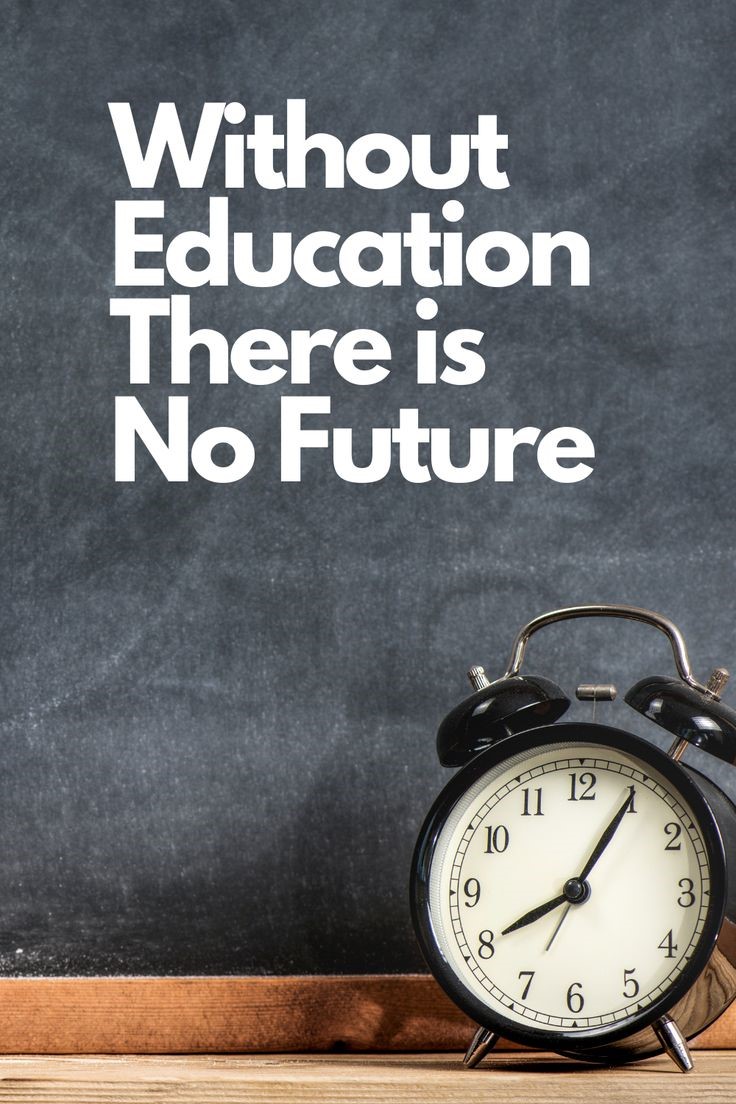Education Challenges
A) MDGs and Pakistan
Because of the issues in schooling system of Pakistan, the nation is lingering behind in accomplishing its MDGs of training. The MDGs have set down two objectives for training area:
Goal 2: The objective 2 of MDGs is to accomplish Widespread Essential Instruction (UPE) and by 2015, kids all over, young men and young ladies the same, will actually want to follow through with a full course of essential tutoring. Continuously 2014 the enrolment measurements show an expansion in the enrolment of understudies of the age of long term while dropout rate diminished. However, in order to reach the MDG goal, it is still necessary to increase student enrollment. Punjab is driving area wise in net essential enrolment rate with 62% enrolment. The enrolment rate in Sindh area is 52%, in Khyber Pakhtunkhawa (KPK) 54% and essential enrolment rate in Balochistan is 45%.
Goal 3: The objective 3 of MDGs is Advancing Orientation Fairness and Ladies Strengthening. It is pointed toward disposing of orientation divergence in essential and auxiliary schooling by 2005 and in all degrees of training not later than 2015. There is a distinct dissimilarity among male and female education rates. The public proficiency pace of male was 71% while that of female was 48% in 2012-13. Areas detailed a similar orientation dissimilarity. Punjab proficiency rate in male was 71% and for females it was 54%. In Sindh proficiency rate in male was 72% and female 47%, in KPK male 70% and females 35%, while in Balochistan male 62% and female 23%.
B) Education for All (EFA) Commitment
The EFA objectives center around youth care and training including pre-tutoring, widespread essential schooling and auxiliary instruction to youth, grown-up proficiency with orientation equality and nature of instruction as crosscutting topical and program needs.
EFA Audit Report October 2014 diagrams that regardless of rehashed approach responsibilities, essential schooling in Pakistan is falling behind in accomplishing its objective of widespread essential training. Pakistan needs to increase its primary gross enrollment rate to 100 percent by 2015-16 in order to achieve the EFA goals, which are currently 85.9%. Of the assessed complete elementary school going 21.4 million offspring of ages 5-9 years, 68.5% are signed up for schools, of which 8.2 million or 56% are young men and 6.5 million or 44% are young ladies. According to Pakistan’s Economic Survey, male literacy remained higher and urban literacy remained much higher than rural literacy during 2013–14.
C) Vision 2030
Vision 2030 of Arranging Commission of Pakistan searches for a scholarly climate which advances the reasoning psyche. The objective under Vision 2030 is one educational program and one public assessment framework under state liability. The following were the plans laid out to get the job done:
- Expanding public use on training and abilities age from 2.7% of Gross domestic product to 5% by 2010 and 7% by 2015.
- Once again introduce the specialized and professional stream over the most recent two years of auxiliary schools.
- Steadily increment professional and specialized training numbers to 25-30% of generally optional enrolment by 2015 and 50 percent by 2030.
- Increase the quantity and quality of scientific/technical education in Pakistan, as well as the quantity and quality of education in general.
These are the education challenges Pakistan face today.
